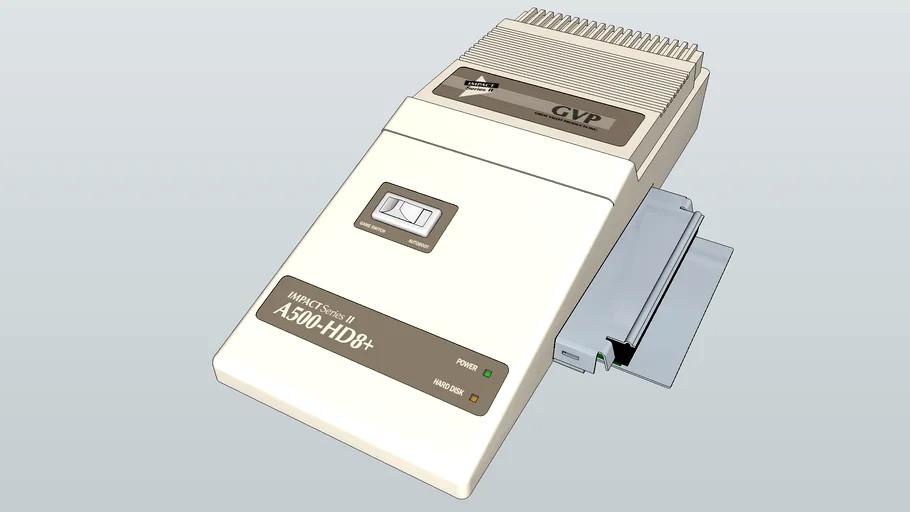
CES attendees had trouble believing the computer being demonstrated had the power to display such a demo and searched in vain for the "real" computer behind it. At the time, the operating system was not ready, so the machine was demonstrated with the "Boing Ball" demo, a real-time animation showing a red-and-white spinning ball bouncing and casting a shadow this bouncing ball became the official logo of the Amiga company. Ī breadboard prototype was largely completed by late 1983, and shown at the January 1984 Consumer Electronics Show (CES). When Kaplan left the company late in 1982, Miner was promoted to head engineer and the company relaunched as Amiga Corporation. The system was code-named "Lorraine" in keeping with Miner's policy of giving systems female names, in this case the company president's wife, Lorraine Morse. Kaplan hired Miner to run the hardware side of the newly formed company, "Hi-Toro". In 1982, Kaplan was approached by a number of investors who wanted to develop a new game platform. In 1979, Larry Kaplan left Atari and founded Activision. Miner left the company, and, for a time, the industry. Miner wanted to start work with the new Motorola 68000, but management was only interested in another 6502 based system. Nolan Bushnell had sold the company to Warner Communications in 1978, and the new management was much more interested in the existing lines than development of new products that might cut into their sales. With the 8-bit line's launch in 1979, the team once again started looking at a next generation chipset. Almost as soon as its development was complete, the team began developing a much more sophisticated set of chips, CTIA, ANTIC and POKEY, that formed the basis of the Atari 8-bit family. in the 1970s to develop custom integrated circuits, and led development of the Atari 2600's TIA. Main article: History of the Amiga Concept and early development AmigaOS has influenced replacements, clones, and compatible systems such as MorphOS, AmigaOS 4 and, AROS. Since the demise of Commodore, various groups have marketed successors to the original Amiga line, including Genesi, Eyetech, ACube Systems Srl and A-EON Technology. Commodore ultimately went bankrupt in April 1994 after a version of the Amiga packaged as a game console, the Amiga CD32, failed in the marketplace.
#3ds commodore amiga emulator Pc
Poor marketing and the failure of later models to repeat the technological advances of the first systems resulted in Commodore quickly losing market share to the fourth generation of video game consoles, Macintosh, and the rapidly dropping prices of IBM PC compatibles, which gained 256 color graphics in 1987. The processor and memory capacity enabled 3D rendering packages, including LightWave 3D, Imagine, and Traces, a predecessor to Blender. The Amiga's audio hardware made it a popular platform for music tracker software.
#3ds commodore amiga emulator software
The Video Toaster hardware and software suite helped Amiga find a prominent role in desktop video and video production. Finally, the Amiga 1200 and the Amiga 4000 were released in late 1992.Īlthough early advertisements cast the computer as an all-purpose business machine, especially when outfitted with the Sidecar IBM PC compatibility add-on, the Amiga was most commercially successful as a home computer, with a wide range of games and creative software. The Amiga 3000 was introduced in 1990, followed by the Amiga 500 Plus, and the Amiga 600 in March 1992. The best-selling model, the Amiga 500 was introduced in 1987 (along with the more expandable Amiga 2000) and sold four to six million units in the late 1980s and early 1990s.

The Amiga 1000 was released in July 1985, but production problems kept it from becoming widely available until early 1986. Based on the Motorola 68000 microprocessor, the Amiga differs from its contemporaries through the inclusion of custom hardware to accelerate graphics and sound, including sprites and a blitter, and a pre-emptive multitasking operating system called AmigaOS.

This includes the Atari ST – released earlier the same year – as well as the Macintosh and Acorn Archimedes. The original model is one of a number of computers with 16- or 32-bit processors, 256 KB or more of RAM, mouse-based GUIs, and significantly improved graphics and audio compared to previous 8-bit systems. The Amiga is a family of personal computers introduced by Commodore in 1985. The 1987 Amiga 500 was the best-selling model.


 0 kommentar(er)
0 kommentar(er)
